OnePlus Watch review: This isn't the smartwatch you've been waiting for
OnePlus gets a lot right with its first smartwatch, but it ultimately misses the mark on the software front.
OnePlus revealed its vision of building a connected ecosystem of products back in 2019. That was just before the launch of its first TV, the OnePlus Q1 Pro. The TV launched in India to much fanfare, and OnePlus followed it up with the budget-focused 55U1 and entry-level Y series last year.
OnePlus also delved into wireless earbuds, rolling out the OnePlus Buds and Buds Z last year, which joined the Bullets Z neckbuds. And earlier this year, OnePlus finally made its debut in the wearable segment with the OnePlus Band, a rebranded OPPO Band that's available exclusively in India.
OnePlus is now making further inroads into the wearable category with the launch of its first smartwatch, the OnePlus Watch. The product itself looks identical to the OPPO Watch RX — a smartwatch that OPPO showed off last year but didn't launch. We now know why; that device ended up being the OnePlus Watch.
OnePlus continues to rely heavily on OPPO for the manufacture and distribution of its phones — like the OnePlus 9 Pro — and it is doing the same with wearables. In fact, it is going one step further; OnePlus is using a clone of OPPO's HeyTap Health utility, with the OnePlus Health app offering the exact same interface and an identical feature-set. The only thing that's different between HeyTap Health and OnePlus Health is the name.
The OnePlus Watch doesn't score a lot of points in terms of originality, but it will be widely available around the world. OPPO doesn't sell its phones or wearables in North America, so for customers in the region, the OnePlus Watch is the default choice from BBK's stable. That said, the OnePlus Watch is going up against the best Android smartwatches, so let's see if it can hold its own in this category.
OnePlus Watch
Bottom line: The OnePlus Watch combines a gorgeous design with all the features you care about. It has blood oxygen monitoring, built-in GPS, all the workout modes you could ask for, and battery life that easily lasts over a week. But the companion app is limited in its features, and that ultimately makes an otherwise robust hardware package fall short of its rivals.
The Good
- Premium design
- Rock-solid Bluetooth connectivity
- Battery lasts over a week
- Built-in GPS and blood oxygen monitoring
The Bad
- No always-on display
- No third-party apps
- Very limited software
- Costly for what you're getting
$159 at OnePlus ₹14,999 at OnePlus India
OnePlus Watch: Price and availability
The OnePlus Watch was announced alongside the OnePlus 9 series on March 23. The smartwatch is going up for sale in North America from April 14, in India from April 21, and European markets starting April 26.
The OnePlus Watch is sold in a single 46mm variant, and it debuts at $159 in the U.S., £149 ($205) in the UK, €159 ($190) in EU, and ₹14,999 ($200) in India. You'll be able to pick it up in Midnight Black and Moonlight Silver color options. There's also a Cobalt Limited Edition that will be available later in the year.
OnePlus Watch: Design and display
OnePlus says it wanted to offer a timeless aesthetic with its smartwatch, and it has managed to do just that. The OnePlus Watch has a round watch face with thin bezels around the screen, and the smooth arcs on the sides give it an elegance that belies its price tag. There are many smartwatches available today that don't end up looking like a traditional watch, but that's not the case here.
The OnePlus Watch has an elegant design with a large 46mm watch face.
It's evident that OnePlus paid a lot of attention to the design, and the result is that the OnePlus Watch feels more upmarket than its rivals. The 316L stainless steel chassis feels sturdy and adds a decent amount of heft to the smartwatch, with the case alone coming in at 45g. Add another 31g for the bundled 31g for the fluoroelastomer band and it comes in at 76g.
The smartwatch comes in a single 46mm variant, and it is one of the larger smartwatches I've used. I would have liked to see a smaller 42mm or even a 40mm option, because in this iteration the watch feels big and heavy on my wrist.
The OnePlus Watch is available in Midnight Black and Moonlight Silver options, with the former featuring a grey case and the latter switching to a silver option. I'm using the Midnight Black version of the OnePlus Watch, but there's also a Cobalt Limited Edition that will make its debut at a later date. The limited edition features toughened glass with higher scratch resistance.
The OnePlus Watch has two buttons on the side, with the one up top engraved with the OnePlus moniker. You'll use this button for pulling up the app list and going back to the home screen, and the second button serves as a power button.
There's a mic located on the underside, and you'll find a speaker on the other side. The back has the optical sensor for heart rate monitoring and the blood oxygen module, and contains the two pogo pins that let you charge the smartwatch.
The smartwatch has standard 22mm lugs, so you can switch out the strap and add your own without any issues whatsoever. You can switch out the included band without any hassle, and the fluoroelastomer band feels good and is comfortable for all-day use.
The OnePlus Watch has a 1.39-inch AMOLED panel with a resolution of 454 x 454. The 2.5D curved glass gives it just that little bit more elegance, and the screen itself is bright in daily use. I didn't face any issues with the panel quality even under sunlight, and the large screen size makes it ideal for navigating the interface.
OnePlus is offering a decent amount of customizability with its smartwatch, and you get 50 watch faces to choose from. You can set 14 watch faces on the watch itself and rotate between them natively — just press and hold on a watch face to switch it out.
You'll find a lot of exciting options on the list, ranging from minimalist to fitness-focused styles and a few classic watch faces. And yes, you'll also find one emblazoned with OnePlus' Never Settle mantra, so if you're interested in showing off the fact that you own the OnePlus Watch, there's no dearth of options here.
My main issue with the screen is that it lacks AOD. OnePlus says it doesn't offer an always-on display to conserve battery life, but hasn't ruled out the possibility of the feature making its way to the smartwatch:
We are currently looking at things like how it impacts power consumption and are evaluating the possibility to bring this feature in a future OTA.
OnePlus Watch: Performance and battery
Coming to the hardware side of things, the OnePlus Watch uses three chips. First up is an STMicroelectronics ST32 microcontroller with a Cortex M3 core that drives the UI on the smartwatch; then there's Ambiq's Apollo 3 low-power platform that allows the smartwatch to gather data from its sensors during workouts, and finally you'll find a Cypress Semiconductors' chip that enables Bluetooth.
All of this translates to stellar performance in daily use. The smartwatch UI feels fast and fluid, and there are no slowdowns. Of course, a large part of that has to do with the fact that the OnePlus Watch features a lightweight RTOS, but it's clear that the UI has been optimized for the hardware.
The UI on the smartwatch is fast and fluid, and you won't see any slowdowns.
The smartwatch has 4GB of internal storage, with 2GB of user-accessible storage for storing music locally. You can add files to the smartwatch via the OnePlus Health app — the files need to be in MP3 or AAC to show up within the included music app.
The OnePlus Watch can also be paired with OnePlus TVs, and it is a fun (if not straightforward) way to control the volume of the TV. But the more interesting addition here is that should you receive a call when the TV is on, the volume is automatically turned down — it was exciting to see this in action on the Q1 Pro.
Finally, the smartwatch automatically turns off the TV after 30 minutes if it detects that you've fallen asleep — but I wasn't able to test this particular feature.
Elsewhere, you get built-in GPS that plots your outdoor workouts, making the OnePlus Watch that much more versatile. You can also take calls directly on your wrist thanks to the built-in mic and speaker, and the few calls I answered on the OnePlus Watch went through without a hassle.
I didn't have any issues with Bluetooth connectivity either. The smartwatch maintained a steady connection to my phone at up to 35 feet. While there's technically NFC on the watch, you won't be able to use it for mobile payments, making it a non-starter.
The standout feature on the OnePlus Watch has to be the battery life. The 402mAh battery lasts well more than a week on a full charge. The main reason for OnePlus to use RTOS in lieu of Wear OS is battery life considerations, and the fact that the smartwatch lasts up to ten days even with medium to heavy use is a huge bonus.
I've used the smartwatch for just over a week, and battery is down to 30%. My daily use involved morning workouts, controlling music playback, and glancing at notifications over the course of the day. The OnePlus Watch charges via the two pogo pins at the back, and it takes just 20 minutes to get up to a week's worth of use.
OnePlus Watch: Health
The OnePlus Watch has IP68 dust and water resistance, and it is watertight up to 5ATM — making it ideal for swimming. It recognizes up to 110 different workouts, with 15 modes to choose from. It also automatically detects jogging and running, and you can set up customized modes.
I used the OnePlus Watch alongside the Apple Watch Series 6, and it did a pretty decent job cataloguing data from workouts. The OnePlus Watch had a variance of around 5 to 8% from the Apple Watch, and all things considered, it did a much better job than I was envisaging.
But what's particularly notable is just how unrefined the user interface is at this point in time. When you do hit your activity goal for the day, you get an alert that says, "Your step count is up to standard. Pls keep it up." I don't know who signed off on that message, but that is just one of several instances where the UI just lacks polish.
The OnePlus Watch includes automatic heart rate monitoring, and you have the ability to set up alerts for when your heart rate crosses a threshold. You get sleep tracking as well, and it gives you a score based on the night's data and suggestions on how to get a better score.
OnePlus Watch: Software
The OnePlus Watch runs RTOS (real-time operating system), and is compatible with all Android devices running Marshmallow and above. Unlike Amazfit's smartwatches, it doesn't pair with iOS.
The smartwatch includes all the basics — it does a good job mirroring notifications and calls to your wrist, and includes a local music player, alarm clock, weather service, timer, stopwatch, flashlight, compass, and barometer. There's also a feature that measures your stress levels, but its efficacy is dubious — I'm writing this with just a few hours left on the embargo for this review, but the watch says that my stress level is low.
The OnePlus Watch doesn't come with third-party apps, and there are a few teething issues.
The interface itself is fluid, but there are a few teething problems. First and foremost is an inexplicable language selector that somehow wants to switch to Hindi all the time. That was the case when I booted up the OnePlus Watch for the first time, and it did so again when I received an update a day later. Oh, and there's no way option for a 12-hour clock format.
The gestures are similar to what you'll find on Wear OS: pull down from the top to access the quick settings tiles, including DND, brightness, timer, flashlight, and settings. You'll be able to view recent notifications with a swipe-up gesture, and swiping left gives you access to the music, and activity tiles.
The OnePlus Watch doesn't deliver notifications from all apps out of the box — instead limiting to popular messaging services and mail clients. It disabled notifications from Slack and Newton Mail out of the box, so for the first few hours of using the watch, I didn't get any notification alerts on my wrist.
Thankfully, it's pretty straightforward to enable or disable notifications from an app. The notifications that do show up are actionable, but only just — you get a list of canned responses, and you can only use them on messaging services. OnePlus says it will roll out the ability to add your own via an upcoming OTA update, but even then there just isn't enough on offer here.
Another downside with notifications is that the smartwatch doesn't recognize the distinction between silent and regular notifications, so the notifications that are tagged silent on your phone will vibrate on your wrist. Notifications that I already cleared on my phone had a tendency to show up on the smartwatch, making it far from ideal.
Then there's the phone app, OnePlus Health. You can see all activity data, SpO2 and heart rate levels, and workouts history from here, but the interface is barebones to say the least. The Health tab contains the activity dashboard, there's a Fitness tab in the middle that lets you manually start a running or walking session, and the Manage tab lets you change watch faces, adjust notifications, and set up idle alerts and health goals.
The one redeeming quality here is that the Watch lets you easily pair with Google Fit, and you can view activity and heart rate data within Google's fitness platform. Talking about Google, you won't find a smart assistant on the OnePlus Watch, so if you like to invoke Google Assistant or Alexa on your wrist, you will have to look elsewhere.
There's not a lot to work with here, and OnePlus definitely needs to do more on the software side of things. As I said earlier, OnePlus Health is just a rebranded version of HeyTap Health, and that needs to change if OnePlus wants to distinguish itself from rivals. Of course, Amazfit doesn't make it any easier to navigate its UI either, but at least you get an exhaustive list of features.
OnePlus Watch: Competition
The Amazfit GTS 2 is the ideal alternative to the OnePlus Watch. The smartwatch has a larger 1.65-inch AMOLED panel, 3GB of storage for music, lag-free navigation, 5ATM water resistance and 90 workout modes, blood oxygen monitoring, and 7-day battery life. At $180, it is $20 more than the OnePlus Watch in the U.S., but over in India, it costs ₹12,999 ($175), $25 less than the OnePlus Watch.
The Fitbit Versa 2 isn't exactly new at this point, but it is still a solid option in 2021. It has all the activity tracking and health monitoring you need, and the Fitbit app has a level of polish that you just don't get with OnePlus.
Of course, there's the OPPO Watch. The smartwatch has much more powerful hardware and runs Wear OS out of the box, and costs the same as the OnePlus Watch. You'll need to charge it daily, but other than that it is a much better option.
OnePlus Watch: Should you buy it?
You should buy this if ...
- You want a stylish smartwatch
- You want weeks-long battery life
- You're looking for a smartwatch with blood oxygen monitoring
- You need a smartwatch with accurate activity tracking
You shouldn't buy this if...
- You want a polished software interface
- You want to use third-party apps
- You're looking for a value-focused smartwatch
OnePlus hasn't been particularly successful with its foray into new segments; its TVs don't sell anywhere near as much as Xiaomi, TCL, or Vu, and its wireless earbuds haven't moved the needle too much for the company.
The same is true for its wearable efforts. The OnePlus Watch certainly has a lot going for it; the hardware feels great, it has blood oxygen monitoring, accurate workout tracking, and weeks-long battery life. But it isn't the only product that does these things in the sub-$200 segment, and the limited software features hold it back.
The OnePlus Watch is a decent alternative to the myriad of options available in this category, but it lacks the finesse of Fitbit's software and the feature-set that you get with Amazfit. But if you've been waiting for a OnePlus smartwatch, you will find a lot to like here. Sure, it may not measure up to alternatives, but it gets the basics right. You may just want to wait a few weeks for the bugs to be sorted out.
I don't see OnePlus selling a lot of smartwatches in India. The wearable segment is just as competitive as the phone category, and with plenty of alternatives available from Amazfit, Fitbit, Mobvoi, and others, the OnePlus Watch just doesn't quite pass muster at ₹14,999 ($200).
OnePlus Watch
Bottom line: The OnePlus Watch has a lot to offer if you're looking for a smartwatch with an elegant design. It absolutely nails the hardware side of things, but issues with the companion app hold it back from being a standout option in this category.
from Android Central - Android Forums, News, Reviews, Help and Android Wallpapers https://ift.tt/3uLKudP


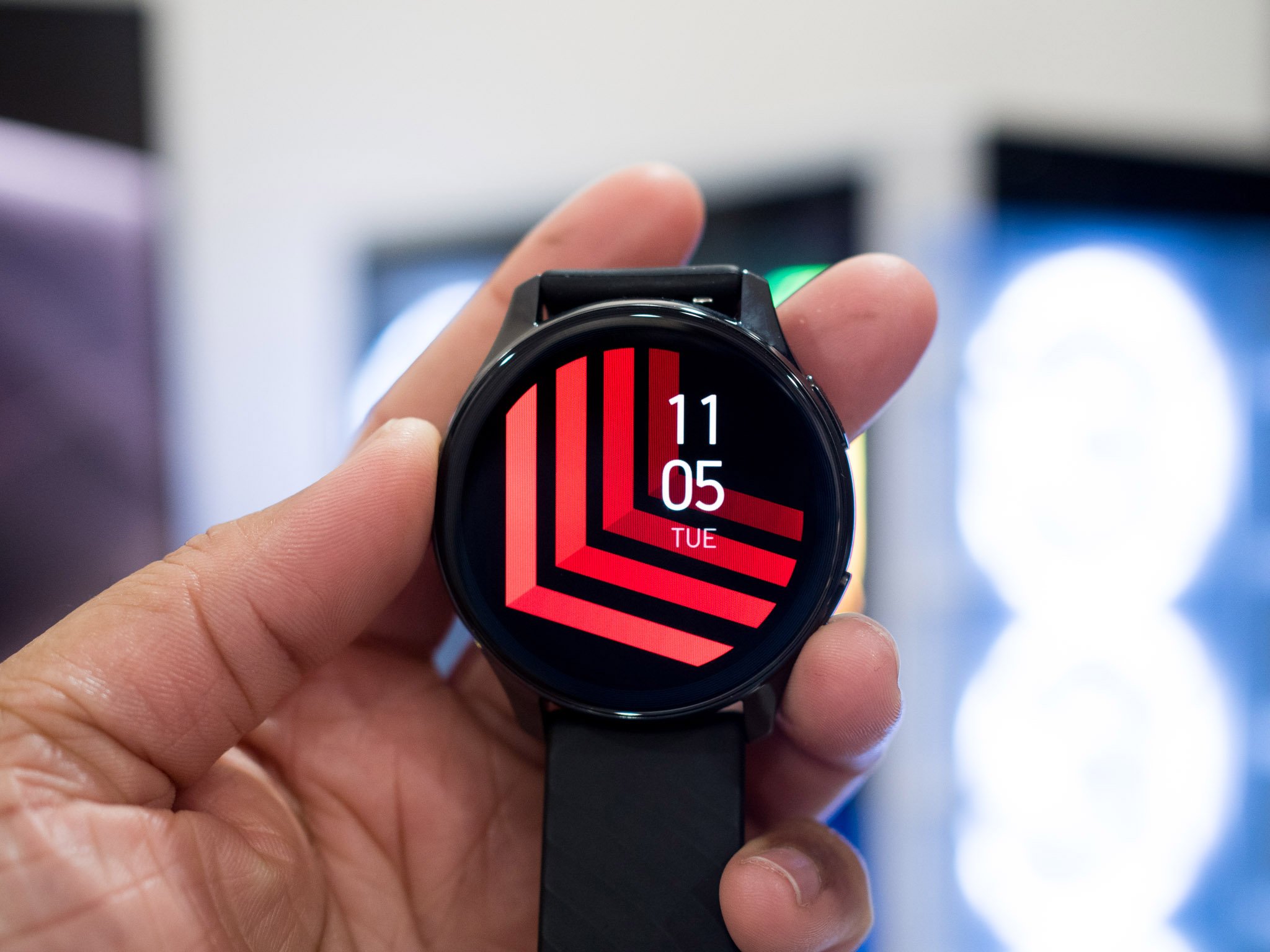
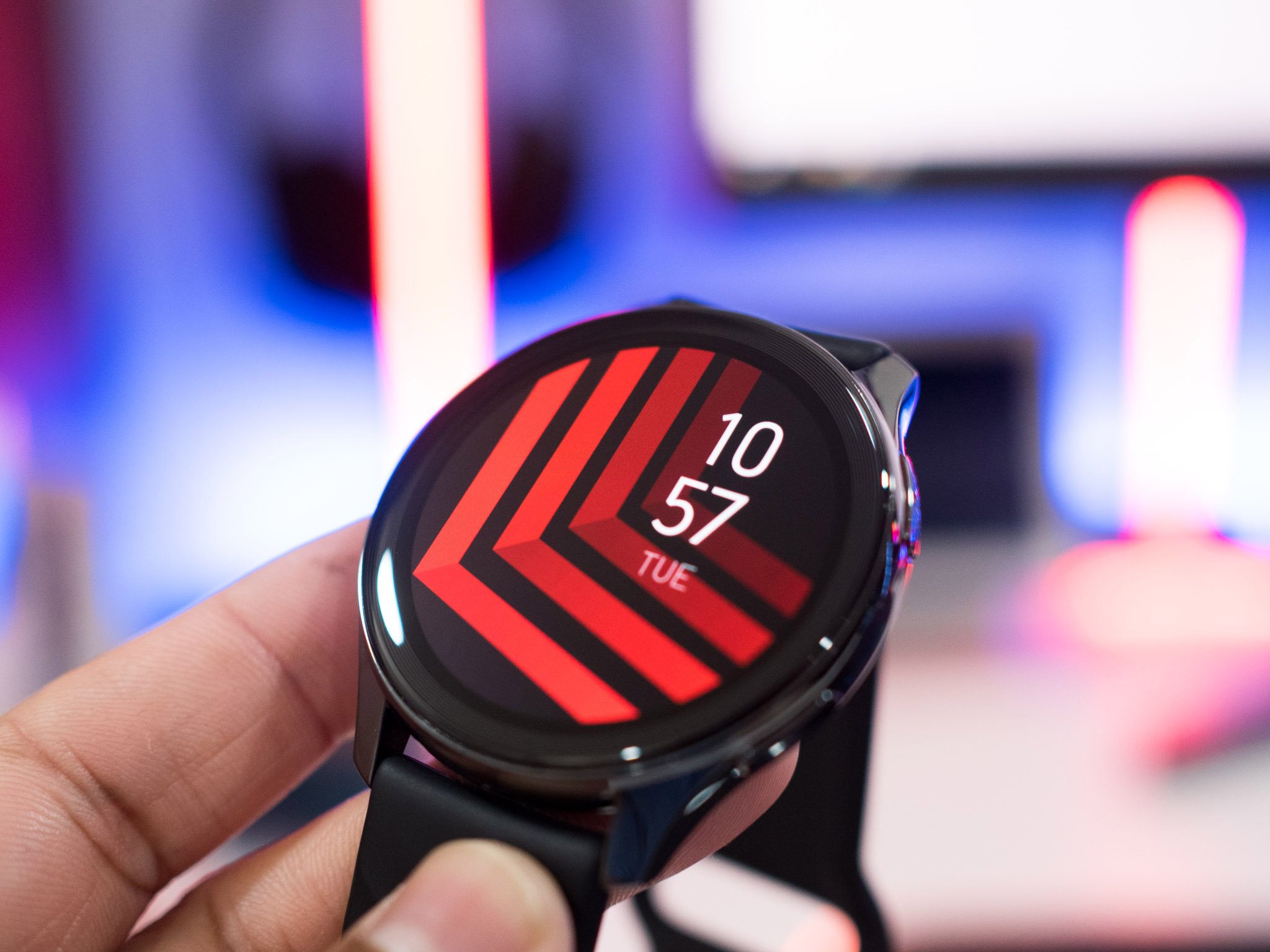





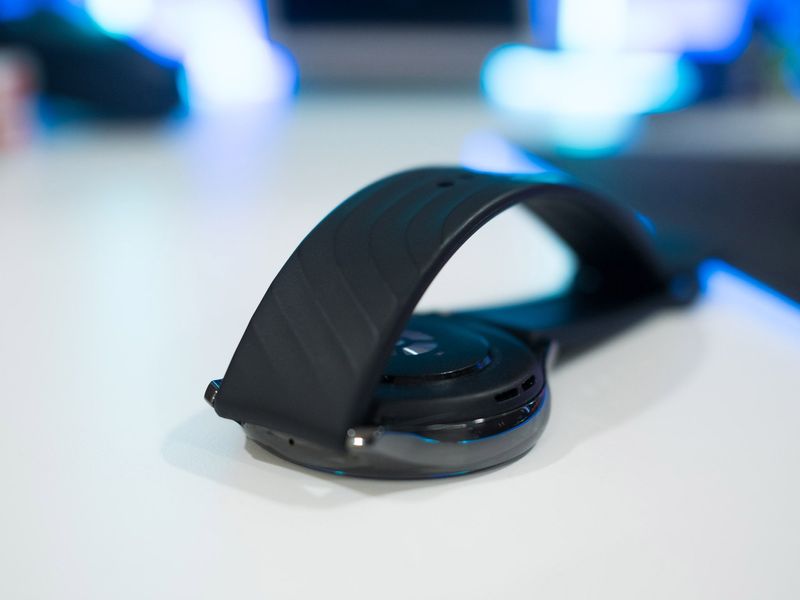



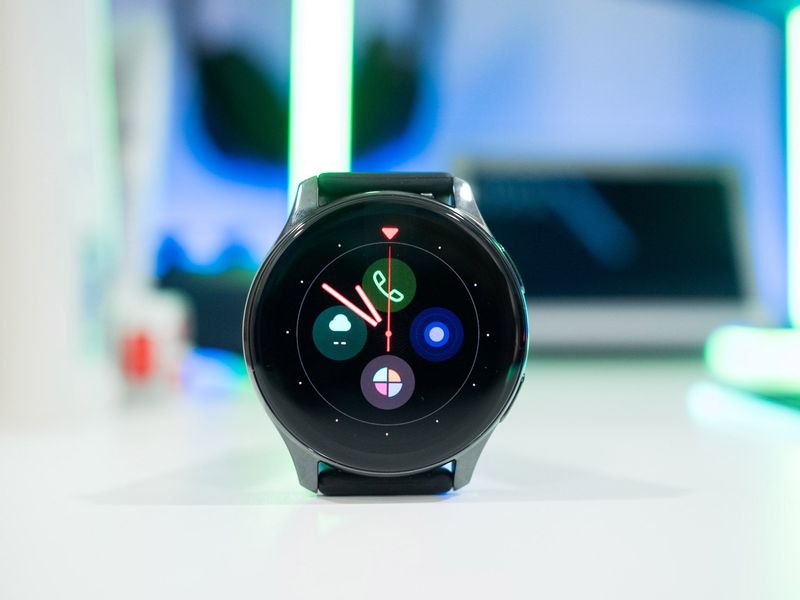


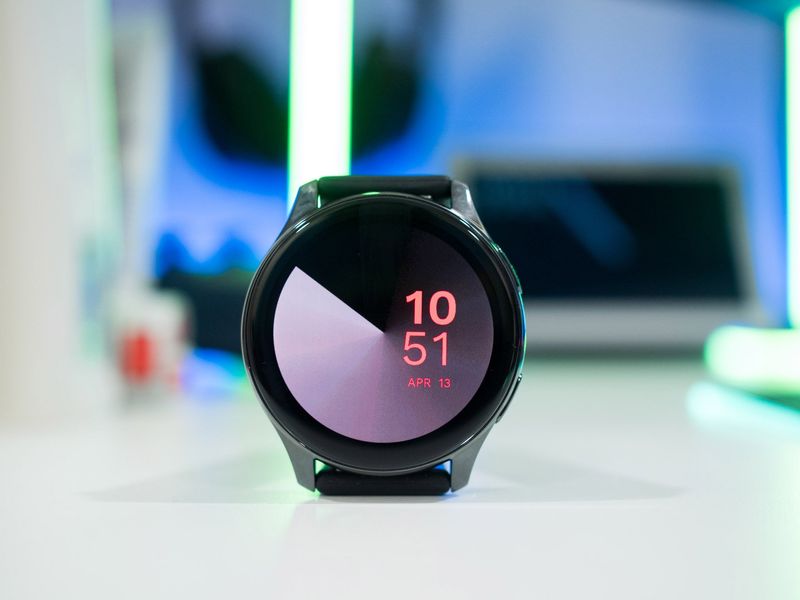















Post a Comment